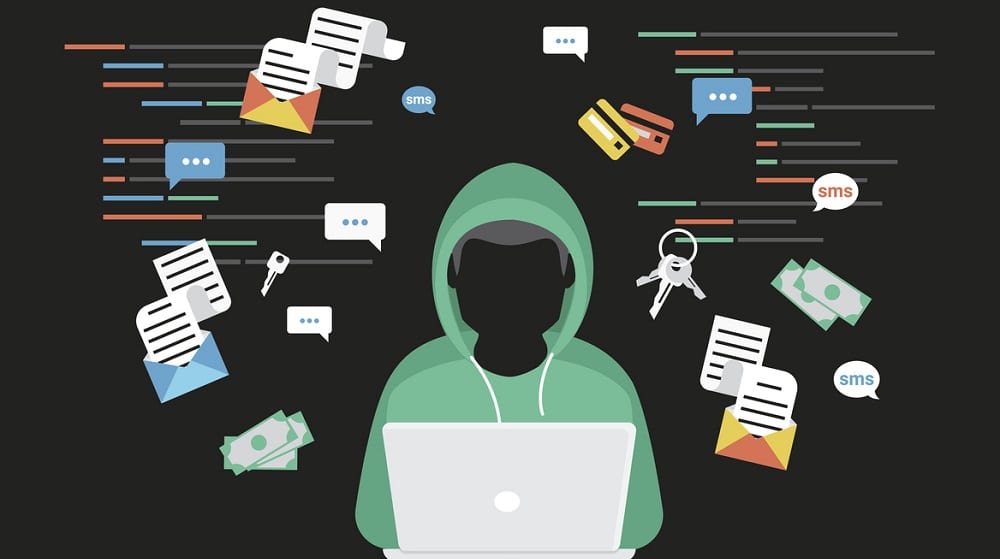Since the outbreak of Covid-19, the educational system has undergone considerable modifications. As many colleges and universities have moved their classes online, using virtual meetings and other digital means to give instruction, online learning has grown more common. Since the epidemic, some educational institutions have taken a hybrid approach, mixing online and in-person instruction.
As a result, there is a greater reliance on classroom technology, and professors must learn how to use new technological tools, such as AI platforms, to focus on teaching in a digital environment.
And when it pertains to the safety of the learning area, these AI and other developing technology systems are critical. It is true that artificial intelligence (AI) is reshaping the educational cybersecurity landscape by applying enhanced countermeasures that can detect and prevent cybersecurity risks. Given the increasing amount of sensitive data that educational institutions store and transmit, robust cybersecurity measures are more important than ever. With AI-powered security technologies, educational institutions can instantly identify and react to dangers in real time, protecting their data and preventing cyber-attacks.
AI-powered security tools detect and avoid cyber threats more efficiently than traditional security methods. These programmes can analyse enormous amounts of data in order to detect unexpected patterns or patterns that may suggest a cyber-attack. They can detect network anomalies such as unexpected traffic or unusual activity on user accounts that may indicate a potential breach. Educational institutions may notice these irregularities in real time and take quick action to limit the danger of a compromise with AI-powered security solutions. AI-powered security technologies can deliver more advanced malware and phishing protection.
 Machine learning algorithms are used in these tools to recognise patterns and features of malware and phishing assaults, allowing them to spot and reject such attacks more efficiently. AI is transforming the way public universities tackle security risks. With AI-powered security technologies, educational institutions may identify and prioritise security concerns, allowing them to better deploy resources. They can discover system weaknesses and provide risk-reduction techniques, assisting organisations in proactive system security and thwarting possible threats. For example, an AI-powered risk administration system may identify the most crucial assets and systems that need to be protected, allowing educational institutions to concentrate their efforts on those areas.
Machine learning algorithms are used in these tools to recognise patterns and features of malware and phishing assaults, allowing them to spot and reject such attacks more efficiently. AI is transforming the way public universities tackle security risks. With AI-powered security technologies, educational institutions may identify and prioritise security concerns, allowing them to better deploy resources. They can discover system weaknesses and provide risk-reduction techniques, assisting organisations in proactive system security and thwarting possible threats. For example, an AI-powered risk administration system may identify the most crucial assets and systems that need to be protected, allowing educational institutions to concentrate their efforts on those areas.
AI-powered security systems have the potential to improve incident response capabilities. These systems could provide real-time alerts and automatic reactions in the case of a cyber-attack, allowing educational institutions to respond swiftly and efficiently. This means being able to isolate affected systems, contain malware spread, and prevent additional network harm. l AI-powered security systems can also assist in defending against cyber attacks on critical infrastructure, such as public transit and electrical grids, by identifying potential weaknesses and mitigating them before hackers can use them. Using machine learning algorithms, these systems can interpret data received by sensors and other sources. l AI-powered solutions can also assist educational institutions in ensuring compliance with data protection legislation such as GDPR and CCPA while protecting against cyber attacks.
They can track and supervise sensitive information access, assuring that only those with authority have access to it. Finally, artificial intelligence is altering the way educational institutions approach login and access management. With an increasing number of gadgets and systems connected to school networks, managing usernames and passwords and access privileges has grown more difficult. AI-powered verification and access control systems may offer more robust security by detecting anomalous user behaviour or unwanted access attempts using machine learning techniques. Finally, AI is revolutionising the educational cybersecurity scene by providing advanced security solutions that can identify and avert cyber threats.
Educational institutions in India can use AI-powered security tools to enhance their security risk management, incident response capabilities, threat intelligence, user authentication and access control. These tools enable rapid identification and response to threats, safeguarding data and protecting against cyber-attacks.
For more such updates, keep reading techinnews



